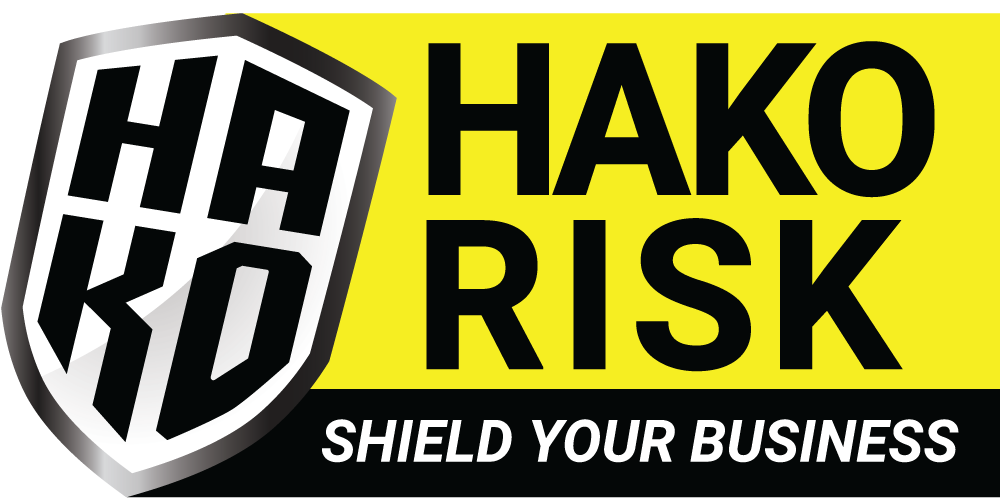Commercial Auto & Liability Insurance: Staying Competitive in 2025
Commercial Auto & Liability Insurance: Staying Competitive in 2025
Struggling to keep your commercial auto insurance or general liability premiums competitive? You’re not alone.
The commercial insurance market in 2025 isn’t “hard” across the board — it’s selective. Carriers are making sharp shifts in appetite, doubling down on business they truly want and exiting other lines with very little notice. These moves are deliberate, based on loss history, emerging risk trends, and profitability models.
The reality: if your business doesn’t have an insurance partner who tracks these changes and positions you correctly, you’re going to feel it in rising premiums and fewer market options.
Where Carriers Are Leaning In: Commercial Auto Insurance
Despite rising claim costs, commercial auto insurance continues to attract carriers attention — but only from businesses who have invested in risk management tools such as telematics, driver monitoring, and AI-powered claims handling.
Carriers want to see:
- Fleet safety protocols
- Data transparency
- A track record of effective risk management
If your business can demonstrate these, you still have options and even competition for your account. But if not, expect more limited markets and tighter underwriting.
Where Capacity Is Pulling Back: General Liability Insurance
General liability continues to be pressured by social inflation and unpredictable jury awards, particularly in high-risk industries like construction, hospitality, and multi-family housing.
That means:
- Policies that were once easy renewals may now require significantly more underwriting work.
- Carriers are focusing their appetite more narrowly, only pursuing accounts with strong safety records, solid risk controls, and manageable litigation exposure.
This doesn’t mean general liability is going away — but obtaining competitive terms will require a proactive strategy.
The Property Insurance Rollercoaster
Commercial property remains volatile. Reinsurance capacity is being pulled back, especially in catastrophe-exposed regions (wildfire, hurricane, flood zones). As a result, some carriers have exited these areas.
At the same time, others are entering — selectively. With more granular risk modeling, some insurers are rewarding businesses that have invested in:
- Wildfire mitigation efforts
- Flood protection measures
- Resilient construction and maintenance practices
For clients willing to document their mitigation strategies, there’s still opportunity to achieve reasonable coverage and pricing.
The Quiet Winner: Workers’ Compensation
After years of declining rates, workers’ compensation is proving to be a stable, profitable line for carriers. In fact, insurers are still competing for well-managed accounts, especially those with:
- Strong workplace safety programs
- Return-to-work initiatives
- Documented loss control measures
Even industries considered more challenging — like healthcare, light manufacturing, and education — can benefit when risk management is front and center.
The Common Thread: Underwriting Precision
Today’s commercial insurance market isn’t about entire industries being “uninsurable” — it’s about selectivity within industries. Carriers are still writing contractors, manufacturers, and property owners — but they’re saying “no” to accounts with weak safety controls, poor claims histories, or lack of compliance with underwriting guidelines.
This makes the role of your
insurance agent more important than ever.
How the Right Insurance Agent Keeps You Competitive
If you want to keep your business insurance premiums competitive, your agent must:
- Stay connected to carrier appetite changes. Shifts don’t always come in big announcements — sometimes they’re only evident in quoting behavior.
- Understand your business in depth. Knowing your safety protocols, contracts, and financial controls is essential to positioning you correctly.
- Engage early in the underwriting process. Proactive risk discussions and transparency about your exposures can make the difference between placement and declination.
- Your agent should be your strategic advisor. The best agents aren’t just middlemen — they’re matchmakers, aligning your risks with the right carriers and advocating for the best result.
The Bottom Line
The commercial insurance market in 2025 isn’t just challenging — it’s particular. The best way to maintain competitive premiums for your commercial auto, general liability, property, and workers’ compensation insurance is to work with an agency that knows what carriers are chasing, what they’re avoiding, and how to position your company for success.
At Hako Risk, we don’t just place policies — we partner with your team, your CPA, and your attorneys to strengthen your risk profile and secure the most favorable outcomes in an evolving marketplace.
Ready to make sure your business stays competitive? Let’s talk.
Here’s a tiered keyword grouping for your blog article and overall SEO strategy. This format will give your marketing team a clear map of what to emphasize (primary), what to layer in naturally (secondary), and what to use for long-tail traffic & niche targeting.
Tier 1: Primary Keywords (High Priority / Core Focus)
These are the must-use phrases that align with Hako Risk’s services and target industries:
- commercial insurance
- commercial auto insurance
- general liability insurance
- workers’ compensation insurance
- property insurance
- business insurance premiums
- contractors insurance
- competitive insurance premiums
- insurance agent / trusted insurance advisor
Tier 2: Secondary Keywords (Supportive Terms)
These boost relevance, provide context for algorithms, and reinforce authority in the commercial risk space:
- construction insurance
- habitational risk insurance / apartment building insurance
- hospitality insurance
- healthcare insurance
- manufacturing insurance / light manufacturing insurance
- education insurance
- risk management programs
- fleet safety protocols
- loss control strategies
- safety programs
- reinsurance capacity
- carrier appetite shifts / changing carrier appetite
- underwriting process / underwriting precision
Tier 3: Long-Tail & Niche Keywords (Situational / Blog SEO Power)
These are more specific search terms that potential clients might use — good for blogs, FAQs, or customer resource pages:
- how to keep commercial auto premiums competitive
- why general liability rates are increasing in 2025
- workers’ compensation insurance for contractors
- insurance for multifamily apartment buildings
- commercial property insurance in wildfire zones
- flood insurance for businesses
- contractors insurance with poor claims history
- risk management and return-to-work programs
- impact of social inflation on insurance premiums
- proactive underwriting for contractors







